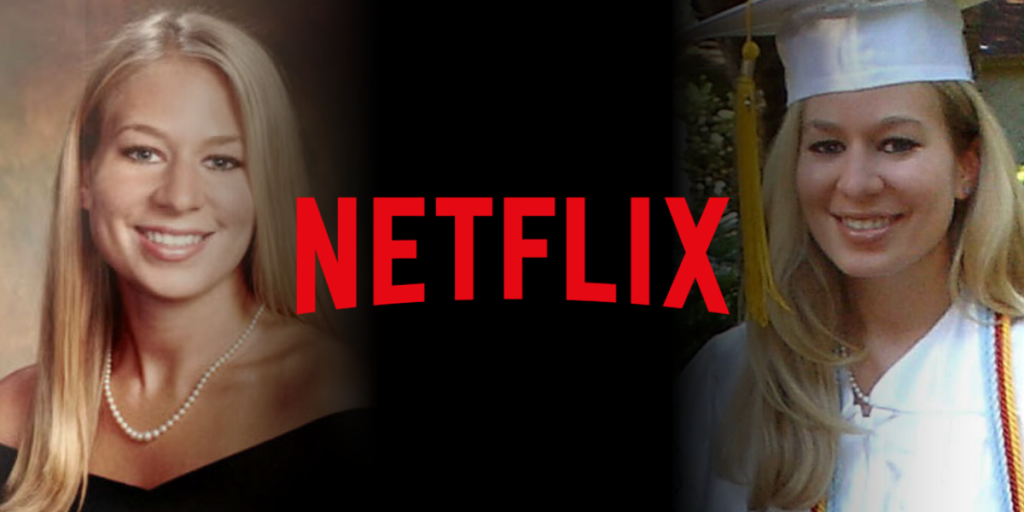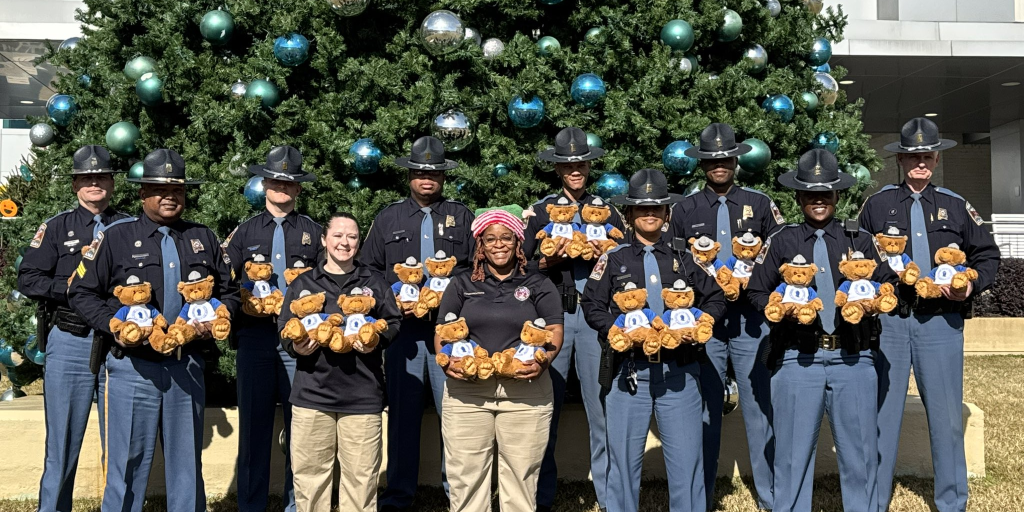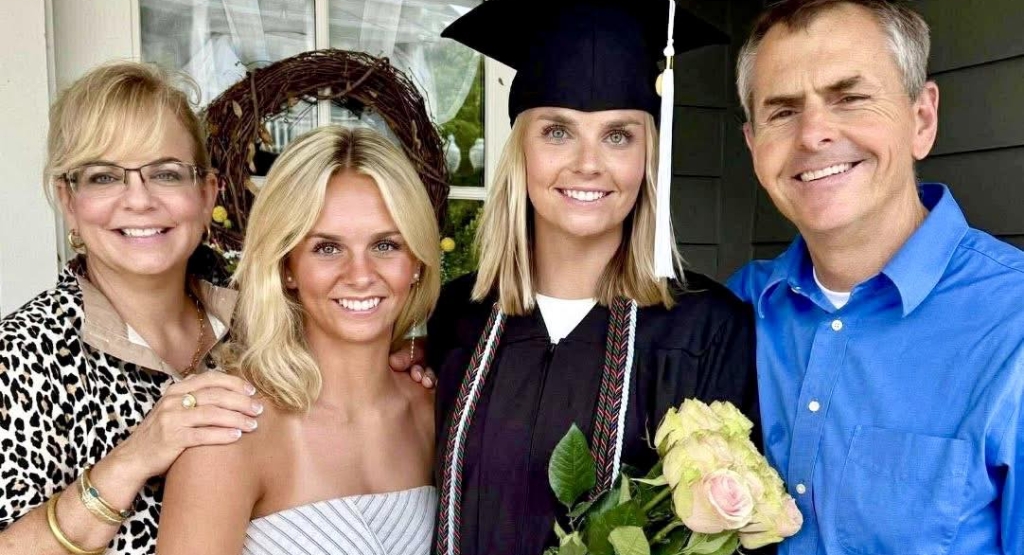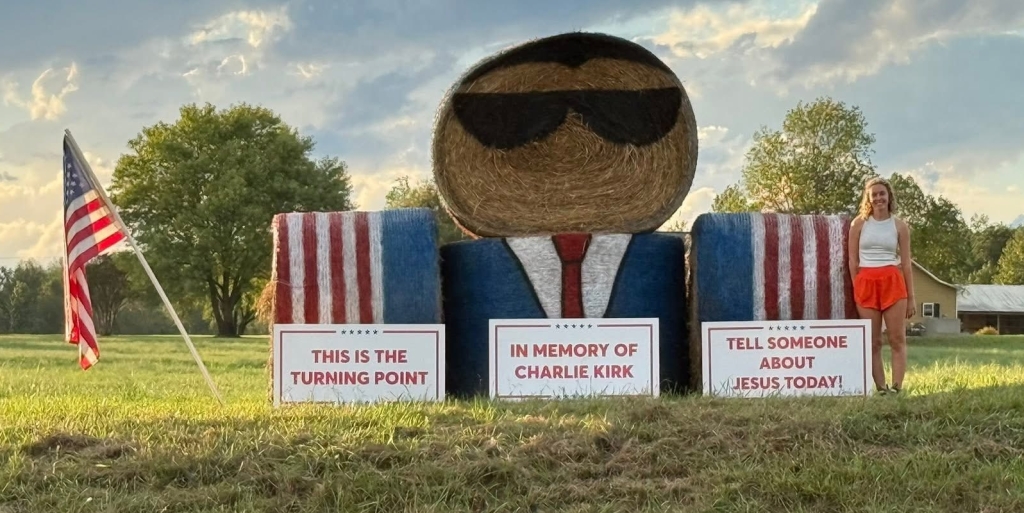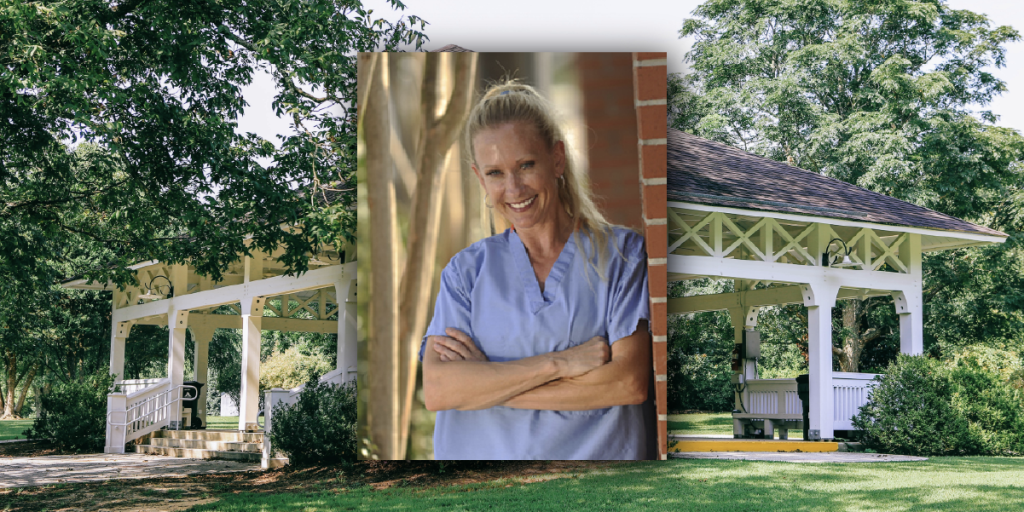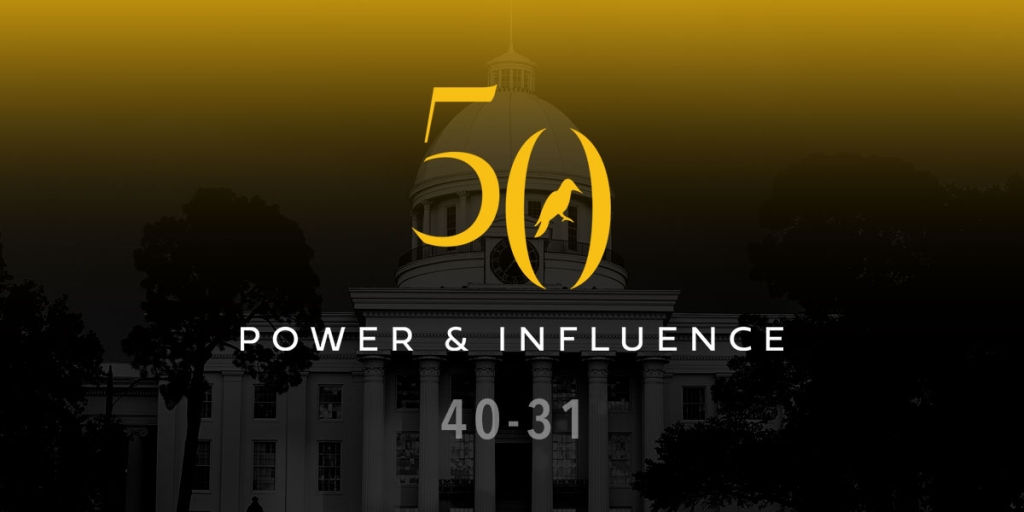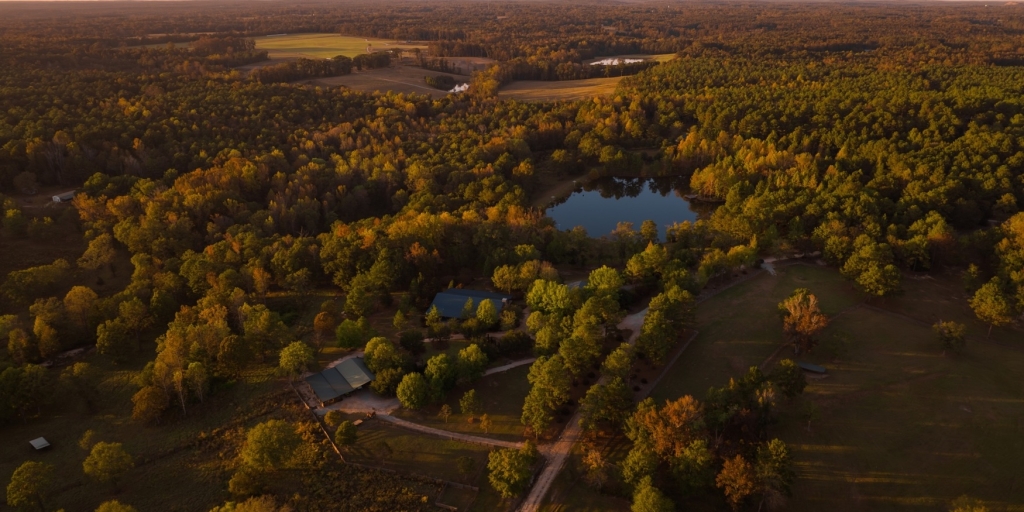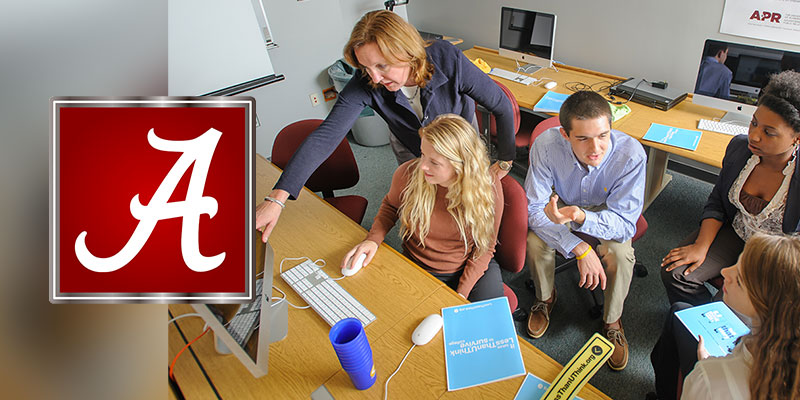The Auburn University Rural Studio movement started as a brilliant notion by the late Samuel “Sambo” Mockbee and the late D.K. Ruth, with faith and early support from the Alabama Power Foundation. “The truth of the matter is that the foundation pledged a large gift at the beginning and without it we wouldn’t be here today,” said professor and Rural Studio Director Andrew Freear.
What’s ensued over the past 26 years is architectural history and a game-changer for the people of Hale County and the Black Belt. “They took a big chance on us,” Freear said. It’s a chance that changed lives, improved landscapes and landed on pages of journals, papers and awards podiums across the world.
Yet this wasn’t all about the architecture. Mockbee and Ruth did challenge the stuffy, academic do-it-our-way world to take students from drafting tables and blueprints to a real (and needy) world, turning their designs into structures.
But they also took on the mantle of social responsibility, identifying under-the-radar people in tiny Mason’s Bend and creating homes specifically for them. Not just any homes, but miracles of architecture like the now famous “Hay Bale” House (aka Bryant House). “People knew they were getting something unique,” notes Freear of the structures that often employed recycled elements, like a house of carpet tiles and the glass chapel created from windshields.
Mockbee, Ruth and their groundbreaking successor, Freear, have maintained that architecture is not just for the wealthy. Where Mockbee concentrated on houses for the unwealthy, Freear has advanced the program to embrace and enable students to build public structures, including a firehouse, a town hall, baseball fields and parks.
Auburn University Rural Studio lets student architects bring their designs to life in rural Alabama from Alabama NewsCenter on Vimeo.
Every project stems from ideas and dialogue people bring to Rural Studio. What results is beautiful architecture and usable spaces for the grateful recipients. “I frankly like nothing better than people coming up to us, sharing ideas and giving us the chance to work with them,” Freear said. “We don’t have an agenda beyond that, other than quality.”
Frances Sullivan, Newbern’s former postmaster, wasn’t shy about telling Freear what her town needed. “I pestered him,” she said. “When he came in to get his mail, I’d say, ‘What about a library, Andrew?’ I think he was interested from the start, but he had a firehouse and a town hall ahead of this.”
Today, Freear’s voice softens as he talks about the completed Newbern Public Library, sitting like a jewel alomg Alabama Highway 61. “I’m probably as proud of that project as any one we’ve ever done,” he said, recalling Auburn Rural Studio’s more than 200 projects to date. “It’s very respectful of an old bank that had basically sat vacant since the 1930s. You can’t believe this place. It’s stunning.”
Sullivan believes. And she appreciates every aspect of the building, complete with its statistics: 975 days of construction, 362 sheets of plywood, $63,000 worth of donated materials, more than 7,000 donated books, and a team of four skilled and forward-thinking Auburn architecture students.
“The kids on the team were amazing,” she said. “It was their baby from the beginning. They did so much research, traveling to other libraries to see what worked, learning how to establish a library in Alabama, so much. What commitment they had. Even when they graduated, the students stayed around to complete the construction of this project.”
Sullivan and her husband, Mike, housed some team members in their home for two years and consider the Rural Studio team family. “We were part of the process and we definitely had a voice,” she said. “Occasionally we disagreed. Sometimes they won, sometimes we did. I resisted the Children’s Book Nook, they prevailed and now it’s a very popular part of the library.”
Rural Studio’s collaborators are pleased to see the evolution of the library into a community center. “The Knitting Club meets here on Saturdays; two Rural Studio students always come,” said the librarian, Barbara Williams. “We once had a photography workshop where people went out and shot photos, which we exhibited in the library.”
Project Horseshoe Farm fellows conduct weekly programs, mostly for seniors. Summer children’s programs have featured a meteorologist, outreach from Birmingham’s McWane Science Center, a science, technology, engineering and math teacher talking about robotics and a well-traveled local who brought photos for a worldly show-and-tell. Rural Studio students assisted third graders in researching people to portray in a Black history showcase.
There’s no resting on laurels here. There are too many requests to fill, so many exciting projects to serve the people. Nine projects are underway, led by architectural students from across the U.S., and a few from Spain, New Zealand and Venezuela.
One group will turn an outdoor courtyard into a park for ongoing physical therapy treatments at Hale County Hospital; a shelter project at Horseshoe Farm is to house women in transition; and at Horseshoe Farm headquarters in Greensboro, the creation of a courtyard provides for youth and older person activities. A Good Roots grant from the Alabama Power Foundation will supply shade trees to accompany walls of climbing vines. Freear added, “The students’ renderings of that project are beautiful and we think it’s going to be spectacular.”
Spectacular is a word Sullivan applies to the Auburn Rural Studio’s very presence. “They give us amazing gifts,” she said. “Their energy and thoughts are beyond belief. The work they do with us is beyond compare.”
(Courtesy of Alabama NewsCenter)





